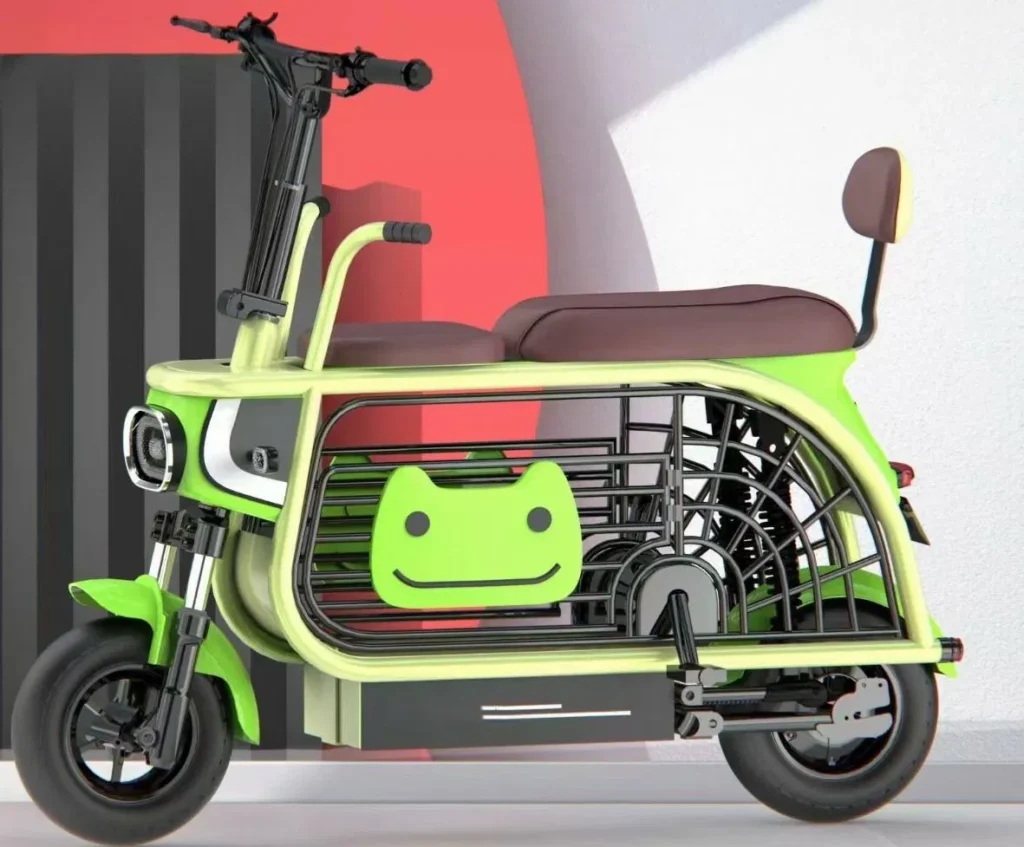1. Battery Type
- Flooded Lead-Acid (FLA): These batteries require regular maintenance, including topping off the electrolyte levels with distilled water.
- Sealed Lead-Acid (SLA): The most commonly used type in two-wheeled EVs. They are maintenance-free and come in two variants: Absorbent Glass Mat (AGM) and Gel batteries.
2. Lower Energy Density
- Energy Storage: Lead-acid batteries have significantly lower energy density compared to lithium-ion batteries. This means they store less energy per kilogram, making them heavier for the same amount of power.
- Range Impact: Due to their lower energy density, lead-acid batteries generally provide a shorter range compared to lithium-ion batteries of the same size.
3. Heavier Weight
- Bulkier Design: Lead-acid batteries are considerably heavier and bulkier than lithium-ion batteries. This extra weight can negatively affect the performance, handling, and overall efficiency of the two-wheeled vehicle.
- Impact on Speed and Range: The heavier weight can limit the vehicle’s top speed and reduce its overall range, as the motor has to work harder to carry the additional weight.
4. Lower Cost
- Affordability: Lead-acid batteries are much cheaper to manufacture and purchase compared to lithium-ion batteries. This makes them a cost-effective option for budget two-wheeled electric vehicles.
- Upfront Savings: The lower cost makes these batteries attractive for lower-end or entry-level electric scooters and bikes.
5. Shorter Lifespan
- Cycle Life: Lead-acid batteries typically offer a shorter lifespan compared to lithium-ion batteries, with around 200 to 300 charge cycles before they degrade significantly.
- Frequent Replacements: Due to the limited number of charge cycles, lead-acid batteries may require replacement more often, especially for users who ride regularly.
6. Longer Charging Time
- Slower Charging: Lead-acid batteries generally take longer to charge compared to lithium-ion batteries. Charging times for lead-acid batteries in two-wheeled EVs can range from 6 to 12 hours, depending on the battery capacity and charger specifications.
- No Fast Charging: Most lead-acid batteries do not support fast-charging options, further extending charging times compared to newer battery technologies.
7. Voltage and Capacity
- Standard Voltage: Lead-acid batteries for two-wheeled EVs typically operate at 12V, and several units are connected in series to reach the desired system voltage (e.g., 36V, 48V, or 60V systems).
- Capacity: The capacity of lead-acid batteries is typically measured in Ampere-hours (Ah), with most batteries for two-wheeled vehicles offering between 12Ah to 30Ah, depending on the application.


